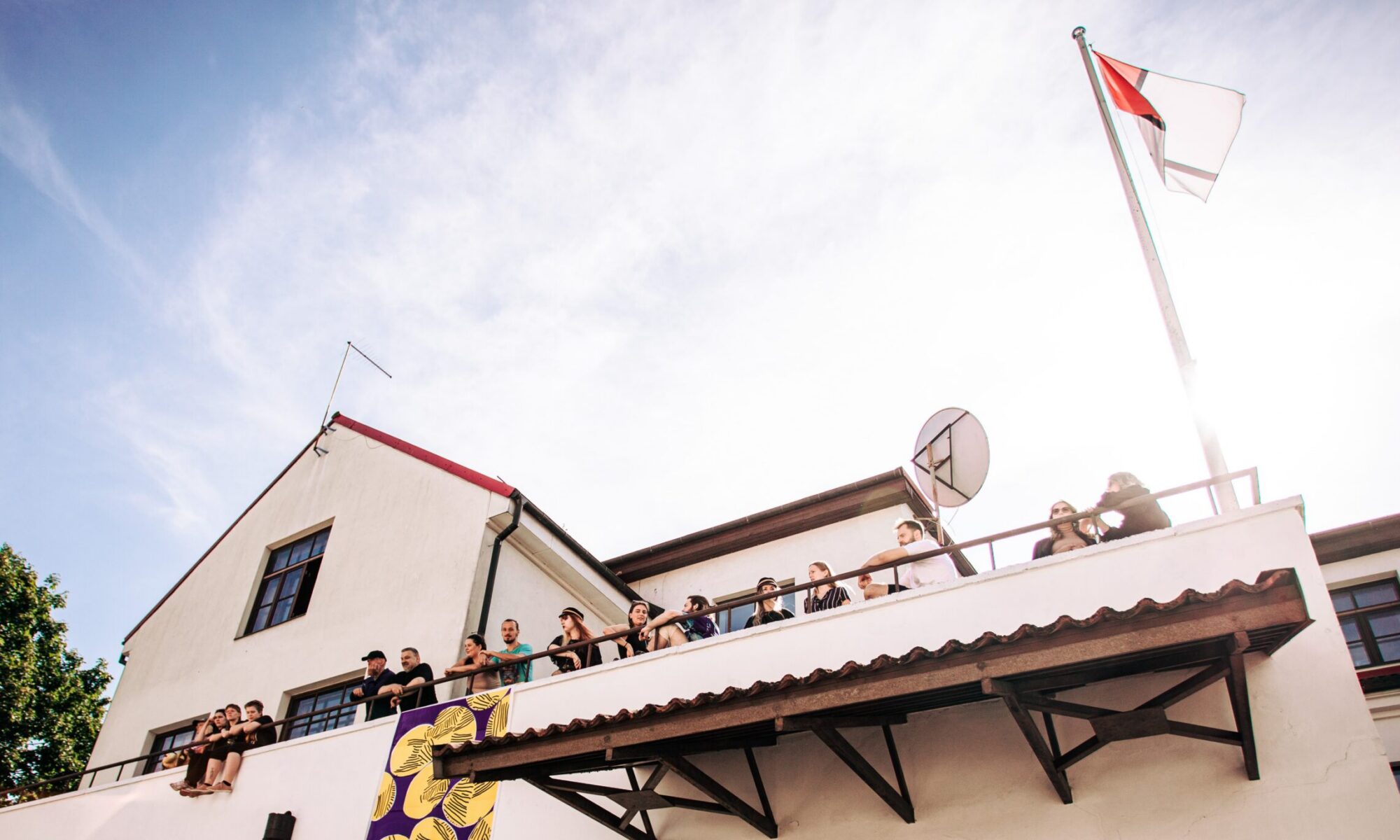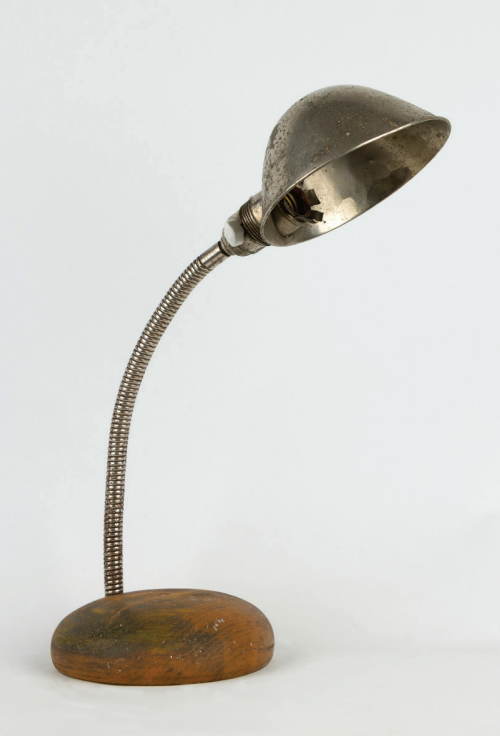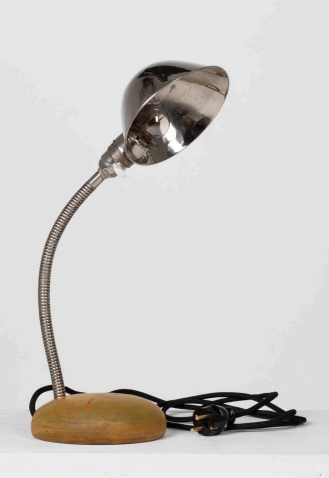Lõputöö eesmärk oli anda ülevaade elektrivalgustusele üleminekust Eestis 20. sajandi alguses ning esimeste elektriliste valgustite jõudmisest eestlaste kodudesse. Teema käsitlemine annab sissevaate ühe olulise funktsionaalse objekti ja ka sisekujunduselemendi arenguloosse ning levikusse.
Lõputöö raames restaureerisin erakogusse kuuluva 20. sajandi I poolest pärineva gooseneck-tüüpi valgusti. Teema aktuaalsus seisneb varajaste elektriliste seadmete amortiseerumises, nende materjalide väsimises ja objektide kasutusest kõrvale jäämises. Minu lõputöö eesmärgiks on eseme funktsionaalsuse taastamine. Restaureeritaval valgustil esines ka metalldetailidel korrosioon ning lõputöö annab ülevaate metalli puhastamisest ja elektriseadme töökorda seadmisest.
The aim of my work was to provide an overview of the transition to electric lighting in Estonia in the early 20th century and the arrival of the first electric lights in Estonian homes. By addressing this topic, I investigated the history and distribution of one signifi cant functional object and interior design element. As part of the work, I restored a goosenecktype lamp dating back to the first half of the 20th century, which belongs to a private collection. Early electrical devices are often worn out, and their materials have deteriorated,
leading to their disuse. The goal of the work was to restore the functionality of an object. Additionally, the lamp’s metal parts had signifi cant corrosion, and as part of the thesis, I provided an overview of cleaning metal and restoring the electrical device to working order.








